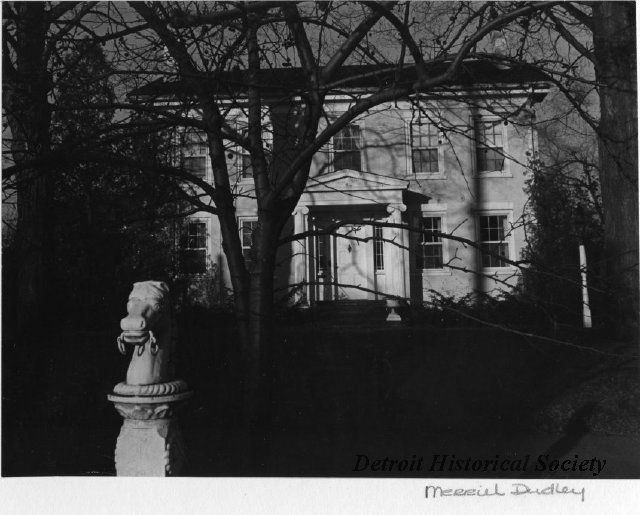The Underground Railroad was an early 1800s to 1865 secret network of financial, spiritual, and material aid for formerly enslaved people on their path from plantations in the American South to freedom in Canada. Freedom seekers generally made their way on foot, often at night, from one town to the next. Upon arrival, they were met by sympathizers known as “conductors” or “stockholders.” Conductors of all backgrounds risked their livelihood for human freedom by hiding slaves in their houses, barns, attics, cellars, churches, shops and sheds. In defiance of the Fugitive Slave Act, these individuals provided freedom seekers with food and a place to sleep. They also facilitated transfer to the subsequent “stop,” or Underground Railroad shelter. Detroit, codenamed “Midnight,” was one of the last “stops” on the Railroad before attaining freedom in Canada.
The Fugitive Slave Act of 1850 ensured that even if “runaway” slaves arrived in free states in the North, they could be captured and sent back to the slave holders. However, Canada, which lay only one mile across the Detroit River, prohibited slavery, offering full liberation and safety.
Secrecy was essential because under the same Act, even in Northern states, individuals found collaborating with freedom seekers could be heavily fined and sometimes imprisoned. Therefore, flags and lanterns became clandestine signals, verbal language carried code and handbills and newspapers were often encrypted with Railroad symbols.
Seymour Finney was a prominent Detroit Underground Railroad conductor. As the owner of the Finney Hotel in downtown Detroit, he was able to aid the formerly enslaved by housing them in his nearby stable. One of most notable abolitionists in Detroit’s network was George DeBaptiste. Born a free man in Virginia in 1814, he relocated to Detroit as an adult. A respected entrepreneur and business leader, he owned a barbershop and a bakery in Detroit before purchasing the steamship T. Whitney, which he used to secretly transport slaves from Detroit to Canada. DeBaptiste also formed a secret organization known as African-American Mysteries or Order of the Men of Oppression, which worked with the Underground Railroad in Detroit.
Detroit’s Second Baptist Church, Michigan’s first Black congregation, was established in 1836 when 13 freed slaves split from the First Baptist Church. First located on Fort Street, the congregation moved in 1857 to its current location in Greektown. The church became a vital station on the Underground Railroad, and for over 30 years housed an estimated 5,000 freedom seekers. Abolitionist leaders including Frederick Douglass, Sojourner Truth, and John Brown worked with Second Baptist. Members of the congregation founded two anti-slavery organizations, The Amherstburg Baptist Association and the Canadian Anti-Slavery Baptist Organization.
Detroit was one of the most critical stops on the Underground Railroad, because it was generally the final stop before achieving freedom. There are at least seven known paths that led freedom seekers from various points in Michigan to the Canadian shore and it is estimated that 200 Underground Railroad stops existed throughout Michigan between the 1820s and 1865. The Underground Railroad ended in 1865 with the end of the Civil War and the 13th Amendment abolishing slavery.

